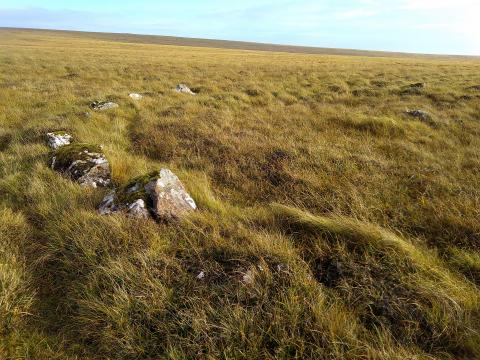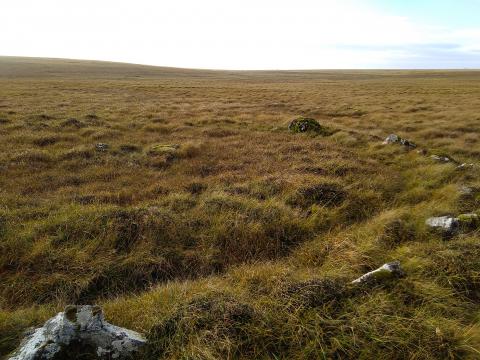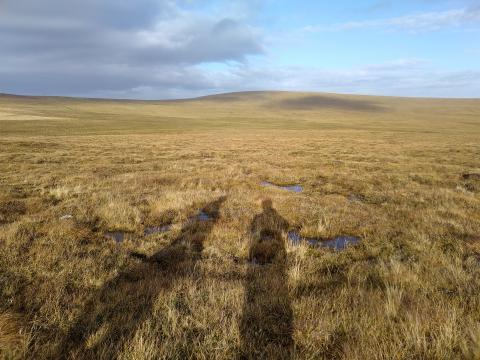Fetlar's Hjaltadans

This is the Hjaltadans Stone Circle on the Shetland Island of Fetlar, which I visited in October. Jakob Jakobsen (1864-1918), a Faroese linguist and scholar, considered it to have been built in the Neolithic period. It consists of a ring of 38 stones with two in the centre. The story goes that the two pillars are the remains of a troll fiddler and his wife who got so carried away playing music, the sun rose and turned them to stone. The surrounding stones are considered to be the immortalised dancing trolls, who were petrified in like manner.

I do like myths connected to stone circles and I am fond of Northern European folklore with its trolls, elves and dwarves. Entertaining though they are, I cannot believe such creatures did or do exist. Yet the sense of turning to stone in sunlight is a theme hinted at in the scriptural record. Ezekiel talks in 36:26 of God giving
…”a new heart and put a new spirit within you; I will take the heart of stone out of your flesh and give you a heart of flesh.” In 1 Samuel 25:37, wicked Nabal becomes ‘like stone’ when he dies. Furthermore, John writes in 3:19-20:
And this is the condemnation, that the light has come into the world, and men loved darkness rather than light, because their deeds were evil. For everyone practising evil hates the light and does not come to the light, lest his deeds should be exposed. (NKJV)
If anything, the ancient tales of trolls are just reflections of humanity's own absorption of sin: while still physically powerful, we become dull-witted, brutish and fearful of the light. Thankfully, the gospel can melt our calloused hearts and illuminate our leaden, crepuscular souls.
“Awake, you who sleep,
Arise from the dead,
And Christ will give you light.”

- Log in to post comments


 Sunday Worship 10.45am & 6.00pm
Sunday Worship 10.45am & 6.00pm